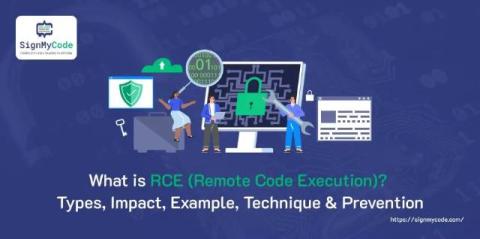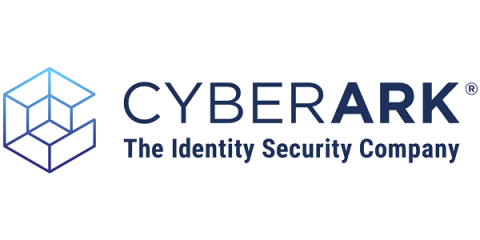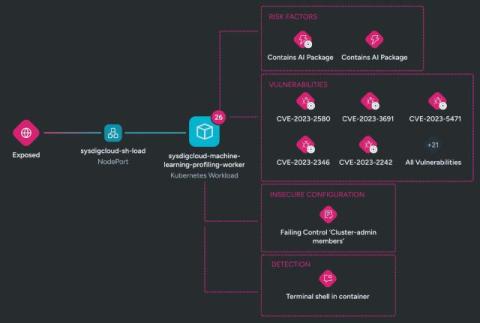Insider Risk Management: Addressing the Human Side of Risk
Recognizing the indicators of insider risk before they turn into threats requires a paradigm shift in the way we operate. It necessitates moving from a reactive mode of operation to proactive. And it requires data that is continuously captured and analyzed to enable security teams to easily see patterns and anomalies and gauge the level of risk of specific behaviors.











